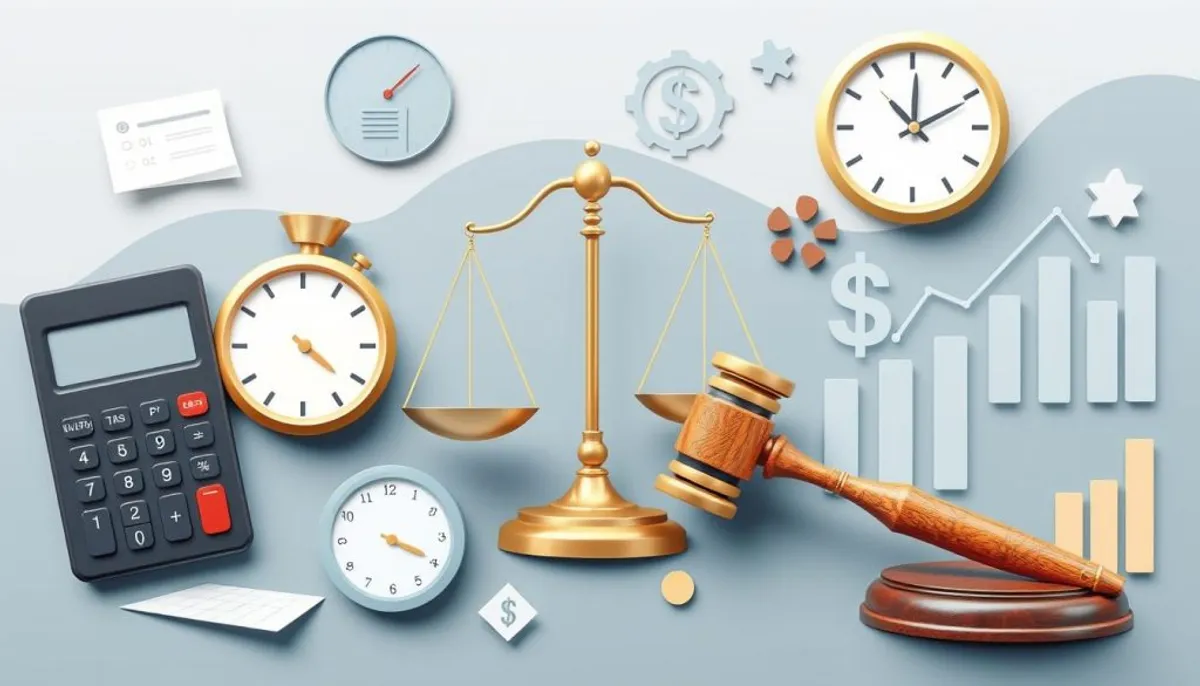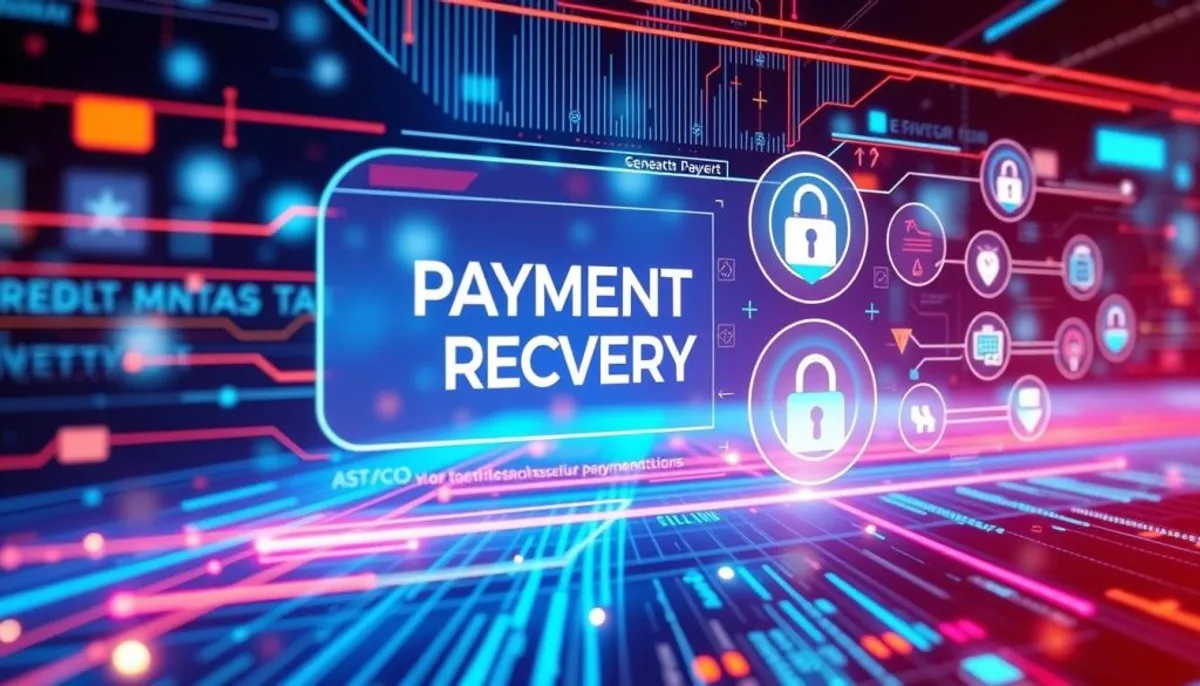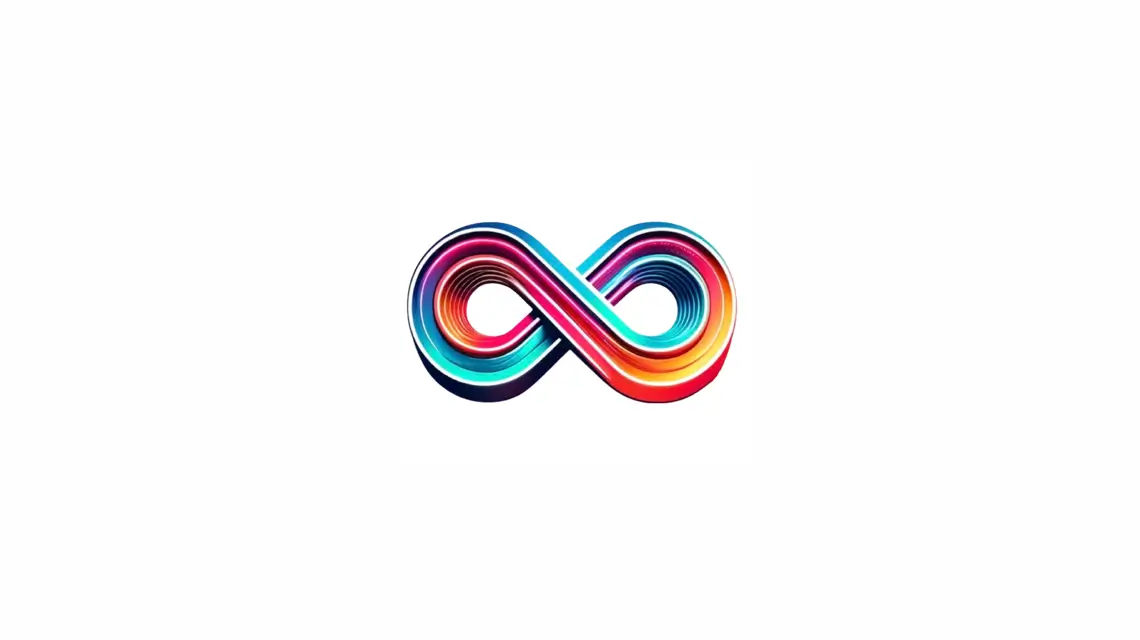Exploring the realm of debt collection agency fees in 2024 reveals a complex landscape. These costs can vary significantly, typically falling between 20% to 50% of the recovered funds. The intricacies of debt recovery charges are influenced by a multitude of factors, ultimately determining the final expense.
The costs associated with debt collection are not static. They fluctuate based on the age of the debt, the balance amount, and specific industry requirements. For example, healthcare accounts generally incur lower fees compared to those in property management. The effectiveness of debt collection diminishes by over 1% each week as the debt ages.

Debt collection agencies employ different fee structures. Some charge flat fees, while others operate on a contingency basis. The Kaplan Group, for instance, boasts an impressive 85% success rate on viable claims. This high success rate can justify the higher contingency fees, underscoring the need to consider success rates alongside fee percentages.
Key Takeaways
- Debt collection agency fees typically range from 20% to 50% of recovered funds
- Factors influencing fees include debt age, balance size, and industry
- Success rates decline by over 1% per week as receivables age
- Higher success rates can justify higher contingency fees
- Healthcare accounts generally have lower fees than property management
- Over 60% of new clients for some agencies come from referrals
Introduction to Debt Collection Services
Debt collection services have become indispensable in the financial sector. As consumer debt fees escalate and delinquent account fees pile up, companies seek these services to reclaim unpaid invoices. The industry has adapted to the increasing need for effective debt recovery tactics.
The Evolution of Debt Recovery
Debt recovery has transformed significantly from basic payment reminders. Today, third-party debt collector rates reflect advanced methods for retrieving funds. Modern collection agencies employ data analysis and communication tactics to enhance recovery, adhering to stringent regulations.
Current Market Overview
The debt collection market is varied, with agencies focusing on different debt types. Consumer debt fees significantly influence collection strategies. Notably, debt collectors frequently negotiate settlements for 25% to 50% of the original debt, striking a balance between recovery and realistic expectations.
Why Businesses Need Collection Services
Businesses depend on collection services to manage cash flow and minimize losses from unpaid invoices. These services bring expertise in navigating complex regulations and consumer protection laws. With a 99% success rate in obtaining judgments through litigation, professional debt collectors are crucial for businesses facing delinquent accounts.
| Aspect | Statistic |
|---|---|
| Cases resolved without court | 97% |
| Collections under agency name | 85% |
| Typical contingency rates for litigation | 33% |
By engaging professional debt collection services, businesses can concentrate on expansion while experts handle the intricacies of recovering overdue payments.
Debt Collection Agency Fees: A Comprehensive Overview
Debt collection agencies are vital in retrieving past-due balances for businesses. They charge arrears collection commissions based on several factors. It is crucial for companies to understand these fee structures to efficiently recover unpaid debts.
Collection agencies often work on a contingency basis, earning a percentage of the recovered funds. These fees can range from 20% to 50% of the collected amount. The exact percentage varies based on the debt’s age, size, and industry sector.
Some agencies offer flat-rate services, charging a fixed fee per account. These rates can be as low as $9 to $14.50 per account, appealing to businesses with numerous small debts. Debt buying arrangements, where agencies purchase debts at reduced costs, represent another fee model in the industry.
| Fee Structure | Typical Range | Best Suited For |
|---|---|---|
| Contingency | 20% – 50% | Large debts, varied industries |
| Flat-rate | $9 – $14.50 per account | Multiple small debts |
| Debt buying | Varies | Older, hard-to-collect debts |
Additional services like credit reporting, skiptracing, and attorney handling may incur extra past-due balance charges. Businesses should carefully evaluate these fee structures to make informed decisions about their debt recovery strategies.
Types of Collection Fee Structures
For businesses aiming to manage overdue account recovery expenses, grasping the various fee structures for unpaid debt recovery services is essential. Collection agencies present different pricing models, catering to a range of needs and debt types.
Contingency-Based Fees
Contingency fees are the prevalent pricing model in debt collection. Agencies impose a percentage of the recovered amount, often between 15% and 50%. For example, an average agency might demand 15% and successfully recover 20% of the debt. In contrast, a specialized firm like BARR Credit Services might charge 25% but manage to recover 40%.
| Agency | Fee | Recovery Rate | Net Recovery on $100k Debt |
|---|---|---|---|
| Average Agency | 15% | 20% | $17,000 |
| BARR Credit Services | 25% | 40% | $30,000 |
Flat-Rate Collection Services
Some agencies provide flat-rate services for particular tasks, irrespective of the debt amount. These services might include sending collection letters or conducting skip tracing. This structure ensures predictable costs for businesses dealing with overdue account recovery expenses.
Debt Buying Arrangements
In this model, collection agencies purchase debts at a discounted rate. They then strive to recover the full amount, bearing all risks and potential profits. This method is advantageous for businesses seeking to swiftly recoup value from unpaid accounts.
Each fee structure offers unique benefits, influencing both the cost and efficacy of unpaid debt recovery services. Businesses must thoughtfully evaluate their requirements and the nature of their outstanding debts when selecting a collection agency and fee structure.
Factors Affecting Collection Agency Rates

Debt collection agency fees are influenced by several critical factors. The age of the debt significantly impacts fees, with older debts often commanding higher charges due to their complexity. The size of the account balance also plays a role, as smaller balances may incur higher percentage fees to compensate for lower profit margins.
The volume of accounts sent to a collection agency can also affect fees. Businesses with substantial account volumes may secure lower rates through negotiation. Industry-specific characteristics further shape fee structures, as success rates in debt recovery vary across sectors.
Collection costs can range from 25% to 50% of the total debt amount. Larger, more established agencies may charge higher fees due to their increased overhead costs. The type of debt being collected also influences fees, with medical or credit card debts often resulting in higher charges.
- Contingency fee rates vary based on debt age and volume
- Flat fee rates offer a set amount for collection efforts
- Commission-based fees calculate as a percentage of collected amount
Other factors affecting collection agency rates include legal fees, skip tracing costs, and court fees. Understanding these elements is crucial for businesses to negotiate better terms and effectively manage their collection costs.
Understanding Age-Based Fee Tiers
Debt recovery charges fluctuate with the duration of unpaid debt. As time elapses, the complexity of collection escalates, prompting increased consumer debt fees. We will dissect the prevalent fee frameworks across various age-based categories.
30-90 Days Past Due
In the initial phase, collection agencies typically impose fees around 20% of the recovered sum. These accounts, being relatively recent, exhibit a higher likelihood of successful collection, thus incurring lower costs.
90-180 Days Past Due
As debts mature, the hurdles in recovery intensify. For accounts lingering between 90 to 180 days past due, fees escalate to approximately 25%. This uptick mirrors the augmented efforts needed to track down and interact with debtors.
Over 180 Days Past Due
Debts exceeding 180 days pose the most formidable challenge. Collection agencies might demand 33% or more for these cases. In extreme scenarios, fees could soar to 50% due to the diminished prospects of successful recovery.
It is imperative for enterprises to grasp these age-based fee tiers when selecting a debt collection service. Prompt action on delinquent accounts can markedly diminish debt recovery expenses and enhance the likelihood of successful collection.
| Age of Debt | Typical Fee Range | Collection Difficulty |
|---|---|---|
| 30-90 days | 20-25% | Low to Moderate |
| 90-180 days | 25-30% | Moderate to High |
| Over 180 days | 33-50% | Very High |
Balance-Based Fee Structures
Debt collection agencies frequently employ balance-based fee structures. This method adjusts fees based on the total debt amount. Smaller balances often face higher percentage fees due to lower profit margins.
- 35% for debts $1-$1,000
- 25% for debts $1,001-$5,000
- 20% for debts $5,001-$50,000
- 15% for debts $50,001-$500,000
- 10% for debts over $500,000
This tiered system mirrors the varying effort and resources needed for different debt sizes. It’s crucial to remember that fees in the first year after account opening cannot exceed 25% of the credit limit. This is mandated by consumer protection laws.
Balance-based fee structures offer adaptability for both collection agencies and their clients. They consider the complexity and potential recovery rates of various debt sizes. This ensures fair compensation for the agency’s work while providing clients with a transparent view of the costs involved in debt recovery.
Industry-Specific Collection Rates
Collection rates vary across industries, reflecting the unique challenges and regulations each sector faces. The debt collection industry, valued at $18.6 billion in 2021, plays a crucial role in managing arrears collection commissions and past-due balance charges. Let’s explore how these rates differ in healthcare, commercial, and consumer debt collections.
Healthcare Collections
Healthcare collections typically have lower fees due to specialized regulations. With 52% of debt collections involving medical debts, this sector requires a delicate approach. The recovery rate for healthcare debts often surpasses the industry average of 20%, making it a more stable area for collection agencies.
Commercial Collections
Commercial collections deal with business-to-business transactions. With nonfinancial businesses holding $17.7 trillion in outstanding debt, this sector presents unique challenges. Fees in this area are moderate, reflecting the complexity of these transactions and the higher stakes involved.
Consumer Debt Collections
Consumer debt collections often have higher fees, with a focus on older or smaller debts. With the average U.S. household carrying $15,000 in credit card debt, this sector is significant. The challenges in locating and collecting from individuals contribute to the higher fees in this category.
| Industry | Average Fee | Success Rate |
|---|---|---|
| Healthcare | 15-20% | 25-30% |
| Commercial | 20-25% | 15-20% |
| Consumer | 25-35% | 10-15% |
The ti3 Platform Alternative
In the realm of unpaid debt recovery services, ti3 emerges as a transformative entity. This cutting-edge platform introduces a novel methodology for handling overdue account recovery expenses. It diverges from conventional collection agencies by prioritizing the maintenance of client relationships alongside efficient solutions.
Automated Payment Recovery
ti3 revolutionizes the debt collection process through automation. It dispatches weekly reminders to debtors over a 5-week span, presenting settlement options and payment links. This method ensures persistent follow-up, obviating the necessity for manual intervention.

Cost-Effective Solutions
ti3 presents adaptable pricing models for creditors. They can opt for a pay-per-invoice model at 99 cents each or a monthly subscription of $49, reducing the cost per invoice to 49 cents. For entities managing over 100 debtors, ti3 offers plans to handle 1,000 or more overdue accounts concurrently.
Client Relationship Preservation
ti3 champions a positive, solution-focused methodology in debt settlement. Debtors can devise custom payment plans, adjust payment amounts according to their financial situation, or even disseminate payment links to friends and family for support. This adaptability fosters the preservation of amicable relationships between creditors and debtors.
By integrating debtor lists and establishing parameters for discounts and acceptable payment plans, businesses can adeptly manage overdue accounts. This approach minimizes the adverse effects on customer relationships. ti3’s methodology in unpaid debt recovery services presents a harmonious solution for both creditors and debtors.
Legal Aspects of Collection Fees
The Fair Debt Collection Practices Act (FDCPA) is pivotal in governing debt collection fees and practices. This federal legislation targets personal, family, and household debts, imposing stringent guidelines on collectors. For example, collectors are barred from initiating contact before 8 a.m. or after 9 p.m. They must also disclose specific details when communicating about a debt.
Collection costs fluctuate based on the debt type and collection method. Many states mirror the FDCPA, with some laws extending to original creditors. These regulations aim to safeguard consumers from exploitative practices, which can precipitate personal bankruptcies, marital instability, and job losses.
It is crucial to recognize that collectors cannot employ harassment through any communication channel. If an attorney represents a debtor, collectors must halt direct communication, engaging only through the legal representative. This shift can influence collection costs, potentially adding legal fees to the process.
For individuals grappling with debt collection challenges, the Consumer Financial Protection Bureau (CFPB) accepts complaints. Grasping these legal nuances is essential for both businesses and consumers. It ensures fair practices and reasonable fees in the intricate realm of debt collection.
Comparing Traditional Collections vs Modern Solutions
The debt collection industry is undergoing a significant transformation. With escalating consumer debt fees and debt recovery charges, companies are exploring more effective methods to collect outstanding debts. This comparison will examine traditional collection methods against modern digital solutions, focusing on their return on investment (ROI).
Traditional Agency Approach
Traditional debt collection agencies operate on a contingency fee model, charging 20-50% of the recovered amount. This model, prevalent for decades, often results in high costs and can strain client relationships. The industry’s average collection rate of 20% suggests ample room for improvement.
Digital Collection Solutions
Modern digital platforms introduce a new paradigm to debt recovery. They utilize automation and data analytics to enhance the collection process. These platforms offer customizable self-service portals and detailed engagement reports. This approach not only minimizes overhead costs but also helps maintain client relationships.
ROI Analysis
Assessing ROI requires a comprehensive view, extending beyond direct costs. Digital solutions generally offer superior scalability and customization. They significantly reduce the time and resources devoted to collections. While traditional agencies might occasionally recover larger sums, digital platforms often achieve higher overall recovery rates at a lower cost.
| Aspect | Traditional Agency | Digital Solution |
|---|---|---|
| Fee Structure | 20-50% contingency | Lower fixed or performance-based fees |
| Recovery Rate | Around 20% | Often higher due to data-driven approach |
| Client Relationship | Potential for damage | Better preservation |
| Scalability | Limited | Highly scalable |
In the realm of debt recovery, the decision between traditional and modern solutions is critical for a company’s financial health. Digital platforms are increasingly demonstrating their value through cost-effectiveness and efficiency.
Best Practices for Minimizing Collection Costs
For businesses, it is imperative to reduce delinquent account fees and third-party debt collector rates. Implementing strategic approaches can significantly lower collection expenses while enhancing recovery rates.
Early intervention is paramount. Prompt action on overdue accounts boosts payment chances and minimizes bad debt. Companies should maintain precise customer data and engage in volume-based negotiations with collection agencies to secure favorable rates.
Effective communication is essential in debt recovery. Research indicates that 73% of communication during collection calls is conveyed through tone of voice. Clear speech, scripted interactions, and insightful questioning can significantly improve collection success.
- Be polite and empathetic
- Anticipate and prepare for objections
- Maintain ongoing communication
- Project confidence
- Keep detailed records of interactions
Combining in-house efforts with third-party services can optimize cost-effectiveness. Modern digital solutions, such as automated payment recovery systems, can lead to substantial savings in third-party debt collector rates.
| Strategy | Impact on Costs | Impact on Recovery |
|---|---|---|
| Early Intervention | Reduced bad debt | Higher recovery rates |
| Effective Communication | Lower collection fees | Improved debtor cooperation |
| Digital Solutions | Decreased third-party costs | Faster payment processing |
By adopting these best practices, businesses can effectively reduce collection costs. This approach maintains positive client relationships and enhances overall recovery outcomes.
Conclusion
Navigating the complex world of arrears collection commissions presents a multitude of challenges for businesses. They must consider various options for managing past-due balance charges. Traditional agencies often demand between 25% and 50% of the collected amount. These fees can fluctuate based on several factors, including debt age, balance size, and industry specifics.
Collection agencies, on the other hand, employ different fee structures. These include flat fees, contingency fees, and blended models. The rates can vary significantly, influenced by the debt’s size and age. For example, agencies might charge 20% for debts under $1,000 and up to 50% for larger amounts exceeding $500,000. It’s important to note that creditors typically absorb these costs, not the delinquent customers.
While traditional methods still dominate, innovative solutions like ti3 are gaining traction. These platforms offer more economical alternatives that prioritize preserving client relationships. When selecting a collection strategy, businesses must evaluate the costs against potential recovery rates and long-term effects. Requesting fee structures from multiple agencies can aid in finding the most suitable option for specific needs.
In conclusion, grasping the nuances of debt collection agency fees is essential for effective financial management. By meticulously examining all available options and their implications, businesses can make well-informed decisions. These decisions should strike a balance between recovery efforts, cost-effectiveness, and client retention.
RelatedRelated articles



